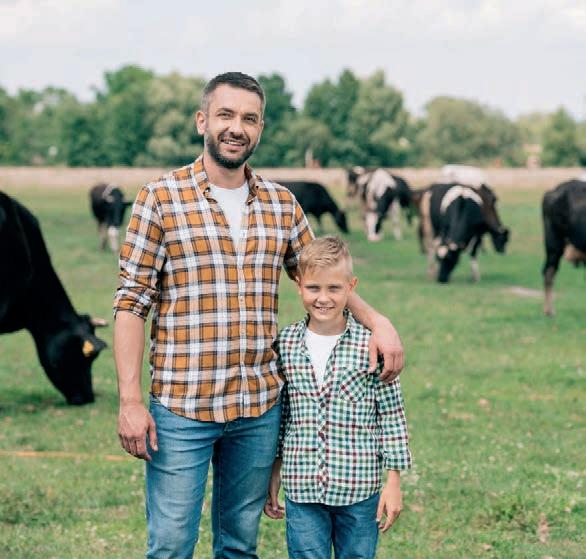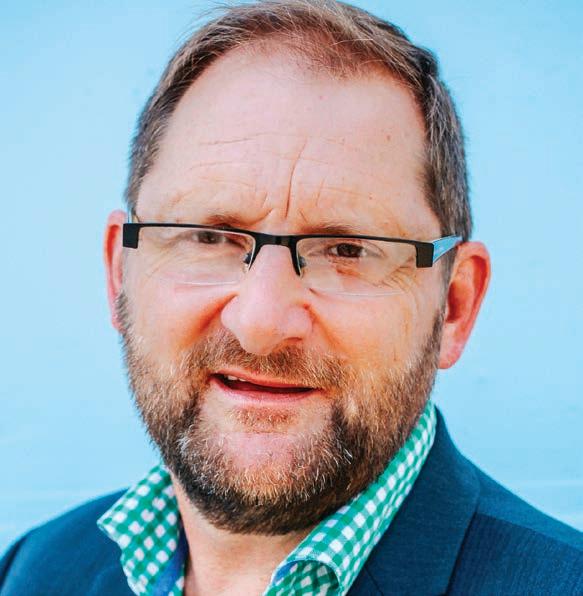
10 minute read
Scammers target farmers
FARMERS WEEKLY – farmersweekly.co.nz – September 20, 2021 7 Levy to boost rural connectivity
Richard Rennie richard.rennie@globalhq.co.nz
A LEVY to fund universal access to high-speed internet has been welcomed by technology user group TUANZ as another means to improve rural internet connectivity.
Minister for the Digital Economy and Communications David Clark told delegates at this year’s rural connectivity symposium a universal basic internet access was a necessity now and one made even more so in light of the pandemic.
“There is work going ahead on this and looking at how it could be enabled,” Clark said.
TUANZ chief Craig Young says a levy-funded scheme could be relatively easily launched and was done in other countries.
“It is something we could easily implement through the Telecommunications Development Levy,” Young said.
The levy is used by the Government to pay for telco infrastructure not commercially viable, including broadband in rural areas and improvements to 111.
“For rural users it is as much about equity as it is about improving productivity in the primary sector,” he said.
Wireless Internet Service Providers Association (WISPA) chair Mike Smith says growing demand on rural internet systems was coming as much from farmers installing more digitised equipment as it was from Netflix demand.
“The tech we are seeing go on farms now is often so much greater than what we are seeing go into businesses in town,” Smith said.
The rate of adoption and demand for bandwidth was leaving providers scrambling to keep up and he cautioned failing to do so risked widening the broadband gap in some communities.
While welcoming the advances made through Rural Broadband Initiatives (RBI) 1 and 2, the fast-changing tech needs and equipment demanded a doubling down in the next five years on a programme that no party could step aside from and claim completion on.
“There is no magic bullet solution and connectivity will be through building a fabric of technology that is fit for purpose,” he said.
His members had been “upgrading like crazy” at sites across rural NZ to keep up with demand that had soared since the first lockdown in March last year.
“This also includes building into sites and IoT networks, which is still in its early days,” he said.
Estimates are rural broadband demand is up 75% under the latest lockdown compared to the last.
Similarly, Vodafone is building or upgrading 800 tower sites in the next two to three years and partnering with its other Rural Connectivity Group companies to build an additional 500 RBI 2 sites in the next two years.
Company strategic account manager Murray Osborne noted under its new ownership, Vodafone had enjoyed a shift in priorities to meet NZ’s unique internet challenges more closely.
“At the moment we are having a lot of conversations about RBI 1 issues, about capacity and government help and support in non-economic areas. We need to keep the pressure on government to continue investment,” Osborne said.
Further challenges lay with the low-orbit satellite network Starlink coming to NZ and effectively using the spectrum for free.
“There is a need there for symmetric regulation and they need to be brought into the fold so we are providing an equal playing field for all out there,” he said.
Clark says the sector was to establish a digital strategy in coming months to build greater cohesion into future development of the country’s internet infrastructure.
Under covid funding, the government had invested $15 million to help reduce congested wireless networks and a rural capacity programme for shovel ready projects, along with $60m promised in its election manifesto.
“The goal is for 99.8% of the population to access better broadband by 2023. We now have 85% of the population in 309 towns and cities who can access broadband by fibre, aiming at 87% by the end of 2022,” Clark said.
ACCESS: TUANZ chief executive Craig Young says equity of access to the internet should include rural users.
Richard Rennie richard.rennie@globalhq.co.nz
MORE than half New Zealand’s farmers have dealt with cybercrime in the past year, with robo-calls and dodgy invoices forming the bulk of the scams.
Federated Farmers president and telecommunications spokesperson Andrew Hoggard released results of the Feds’ latest rural internet survey at this year’s rural internet symposium.
The survey covered over 1000 rural users, spread evenly throughout NZ and included the lockdown period.
“Fifty-two percent of farmers have experienced it, with robocalls and dodgy calls to mobiles being the main ones. Fake invoices come a very distant second, with 17% receiving them,” Hoggard said.
Three-quarters of those who have experienced it have done so in the past 12 months.
This mirrored a general increase in national cyber-crimes throughout NZ.
In other areas of the survey, Hoggard says respondents had reported that despite more RBI 2 internet investment, the rollout was not matching demand.
“We had a lot of farmers saying their service was only the same or had declined in the past 12 months. That included comments that service seemed to degrade as residential subdivision went in or rural population increased,” he said.
He says the pace of RBI 2 rollout meant it did not feel like the programme was helping as well as it should.
He noted Starlink, the Elon Musk satellite company, was very focused on selling to rural users, and could prove a good option for those farmers most isolated from other connection options.
TUANZ chief executive Craig Young says as telcos pushed the work they were doing to lift internet connectivity, the survey provided a very grounded snapshot of what real users were experiencing.
“It comes back to a comment made last year that with connectivity you just cannot stand still. It has been an issue with previous governments, to invest and stand aside, but you need to keep on investing and building on what went before,” Young said.
Andrew Hoggard Federated Farmers
Mike Smith WISPA
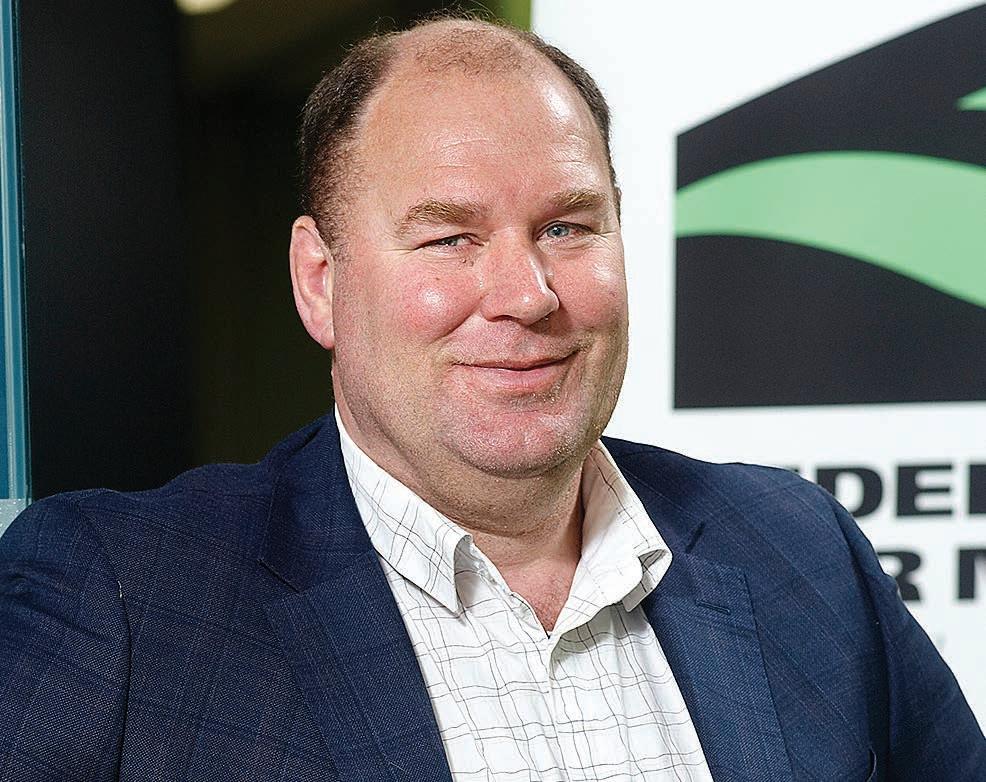
MODUS OPERANDI: Feds telecommunications spokesperson and president Andrew Hoggard says dodgy invoices are among the scams farmers get via email and phone.
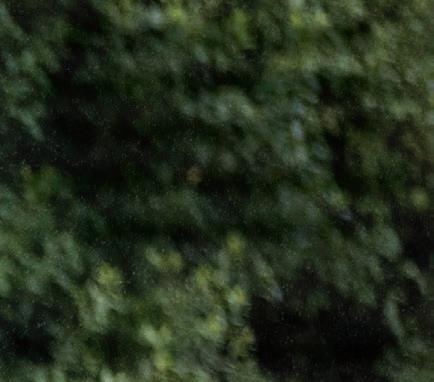
Under the pump?

When life gets busy remember to eat well, get quality sleep and keep active.
News Funds boost for catchment groups
Colin Williscroft colin.williscroft@globalhq.co.nz
THE latest investment of $2.1 million in farmer-led catchment groups has taken the number of groups receiving support past 150.
In announcing support for 31 groups in Manawatū, Rangitīkei and Wairarapa at Mangaweka in Rangitīkei, Agriculture Minister Damien O’Connor said more than 5000 farmers around the country are now focused on restoring freshwater through their involvement in catchment groups.
“In the past 18 months, almost $29 million has been invested in catchment groups, through the Ministry for Primary Industries’ extension services and Jobs for Nature programmes,” O’Connor said.
“We’re investing a further $910,000 over two years in the Rangitīkei Rivers Catchment Collective (RRCC), where 17 catchment groups will be supported, with the potential for several more.
“In Wairarapa, the Wairarapa Pūkaha to Kawakawa Alliance (WaiP2K) has been allocated $1.1 million over two years to support five existing farmer-led catchment groups and enable up to 10 more to be established.”
The Manawatū Rivers Catchment Collective, which was set up last year to bring subcatchment groups within the wider Manawatū River catchment together, has been allocated $120,000 for a nine-month project to support nine existing groups.
O’Connor says catchment groups are at the forefront of all efforts to improve freshwater, including the Government’s freshwater proposals and work done by regional and district councils.
“While ultimately every farm is different, which is why we will have farm plans, the collective efforts of farmers through catchment groups will be what determines the improvement of water quality,” he said.
“I’ve always seen them as the best vehicle to run and share the improvement and practices that we need.”
He says it’s important that catchment groups are community-led.
“While we have always said we will get alongside and help fund people who want to set them up, ultimately they need to be initiated and driven from the ground up,” he said.
“But there have to be some bottom lines, so that people know what to aspire to and go beyond.
“Those bottom lines are what government has to put in place.
“We’re not wanting to tell people what to do, but we need to set a standard that the wider community accepts is adequate for the protection of water.
“However, what you do onfarm and how you do it, is up to farmers, supported by catchment groups.”
O’Connor says the passion and the commitment of people in catchment groups to look after water needs to be better understood by people who don’t know much about farming.
“Their commitment to water quality is far greater than that of many people in towns and cities who take water for granted,” he said.
“Catchment groups are leading the way to achieve what the wider population of NZ want, but the wider population has to ensure they also do their bit.”
RRCC co-ordinator Lou Totman says of the 17 catchment groups under its umbrella, which was established in 2017, nine of those have been added in the last year.
She says the target is about 20 groups.
The collective’s total area, which includes sub-catchments across the Rangitīkei, Turakina and Whangaehu rivers, encompasses about 700,000ha, of which the collective currently covers about 470,000ha.
Water samples are collected monthly from more than 60 sites, measuring nitrogen (N), phosphorus, E.coli and turbidity (sediment) levels.
Results are sent for testing to Central Environmental Laboratories in Palmerston North, which is government-accredited, providing assurance that the data supplied is robust.
WaiP2K chair Jill Murray says its funding will help it establish a steering group, along with regional and local coordinator roles. The steering group will be made up of representatives from iwi, the farming community and agencies and will be responsible for developing and monitoring the plan’s implementation.
“Local coordinators, at a catchment or sub-catchment level, will be recruited from within each community and be responsible for the coordination of the catchment group,” Murray said.
“The programme of work will include governance and coordination support to groups, and development of individual farm plans that will feed into wider catchment plans.
“Workshops on topics such as mapping, stream health monitoring and predator control will also be delivered across the region.”
Manawatū Rivers Catchment Collective chair Shelley DewHopkins says the group is in its infancy but it has just advertised for a coordinator.
She says the plan is to operate as an umbrella organisation like the RRCC does.
Although the initial contract covers nine sub-catchment groups, she expects that number to grow to 13.
Sub-catchment groups already operating individually in the region cover about 182,000ha of the region’s total area of 600,000, which she says shows farmers’ longstanding commitment to the environment.
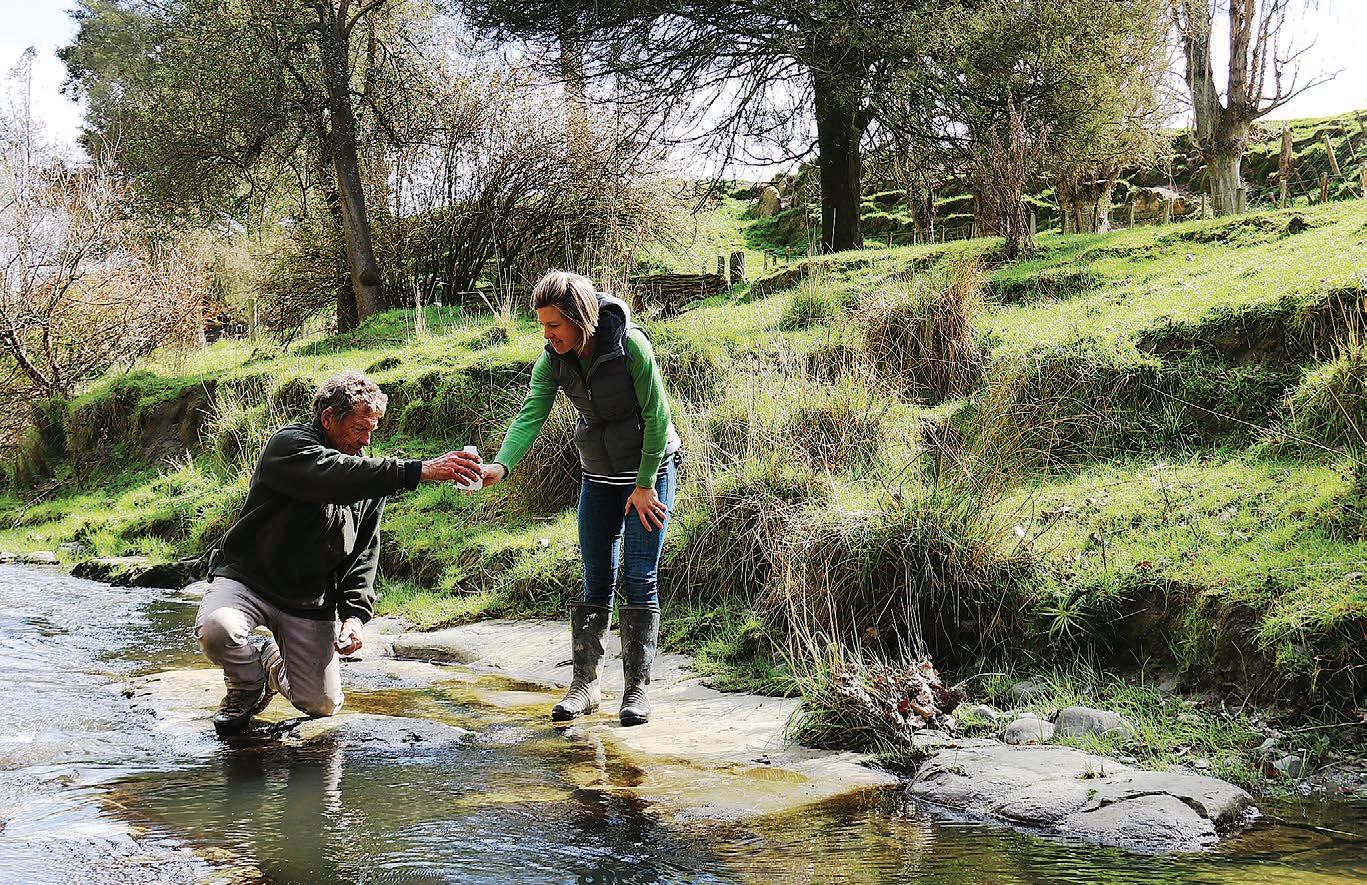
TEAMWORK: Rangitīkei Rivers Catchment Collective members Andrew Totman and daughter-in-law Lou Totman take a water sample near Omatane, south of Taihape.
Damien O’Connor Agriculture Minister
SHEEP & BEEF DIRECT
Looking to buy or refinance a sheep or beef farm?
Sheep and Beef Direct makes applying for a farm term loan quicker and easier. Our self-serve online application means the process is in your hands on your time. Why choose Heartland?
Apply online in minutes
No set-up fees or hidden costs
Optional revolving credit facility
Interest only options for 5 years
Visit heartland.co.nz/rural-loans or scan below
